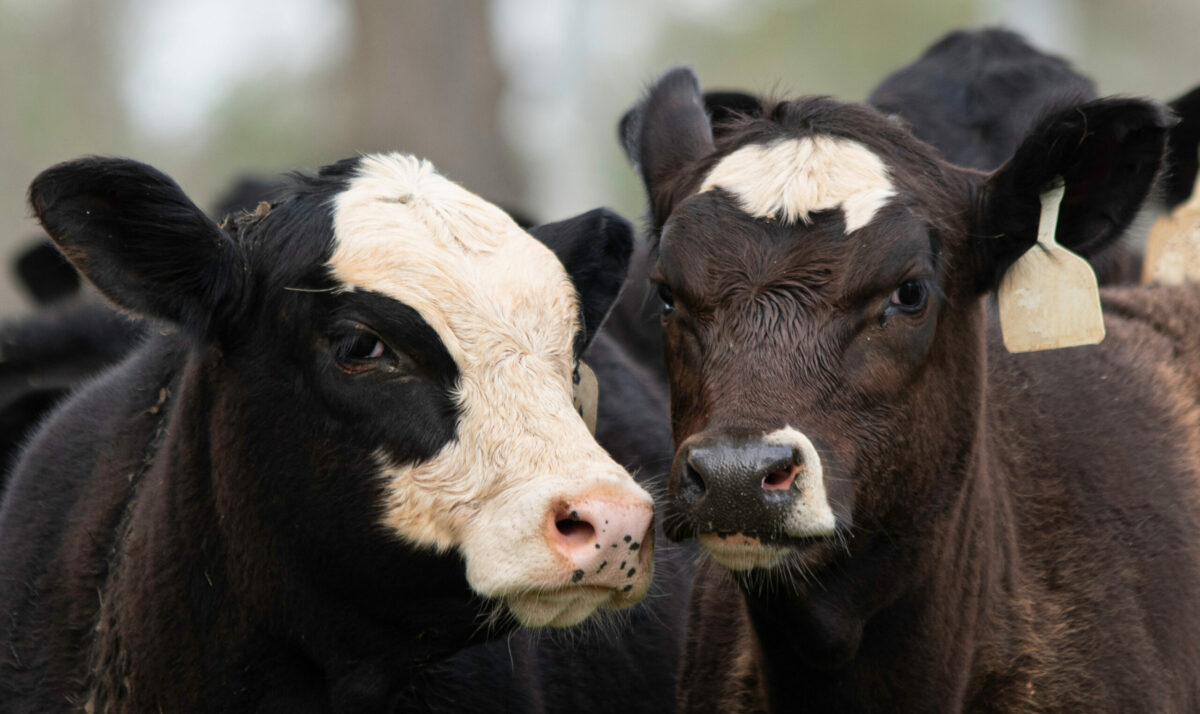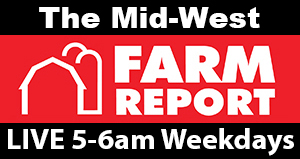
Crossbred calves (dairy x beef) are here to stay. That’s the message from Troy Wistuba, the vice president of research and technical service for Land O’Lakes. He says Wisconsin dairy producers should take note since crossbred calves are a way to diversify the farm and add value.
“We’ve seen a lot of growth in this area over the last four or five years,” Wistuba says. He adds that getting involved in the crossbred market allows dairy producers to breed their top half of the herd for heifer replacement, and the bottom half of their cows to beef bulls for premium beef.
Wistuba compares the price: a Holstein or Jersey bull calf at $40 per head versus a dairy-beef cross calf at $250 per head.
Purina and Land O’Lakes are conducting research on best management practices for raising dairy-beef cross calves. Cross calves have different nutrient requirements than dairy calves because half of their genetics call for muscle growth and half of their genetics call for increased milk production.
Over the past five years, Wistuba’s team have brought in 250 calves under a week old every eight weeks. Researchers track their growth all the way through the harvest period.
“These calves are pretty healthy — they’re not bullet proof,” he says. “We need to do some of the traditional things that we would do with our dairy heifers: make sure those calves get adequate levels of claustrum; make sure we get their navels dipped. We get that early calf management stuff right, those calves do a lot better than their contemporaries that might just be bought up and grouped up in a grouping station.”
Wistuba says that there have been several problems with crossbred cattle when they reach the harvest stage: higher incidence of liver abscesses, respiratory disease, and unexplained deaths during the feedlot period. He says it’s all tracked back to early calf management.

Leave a Reply